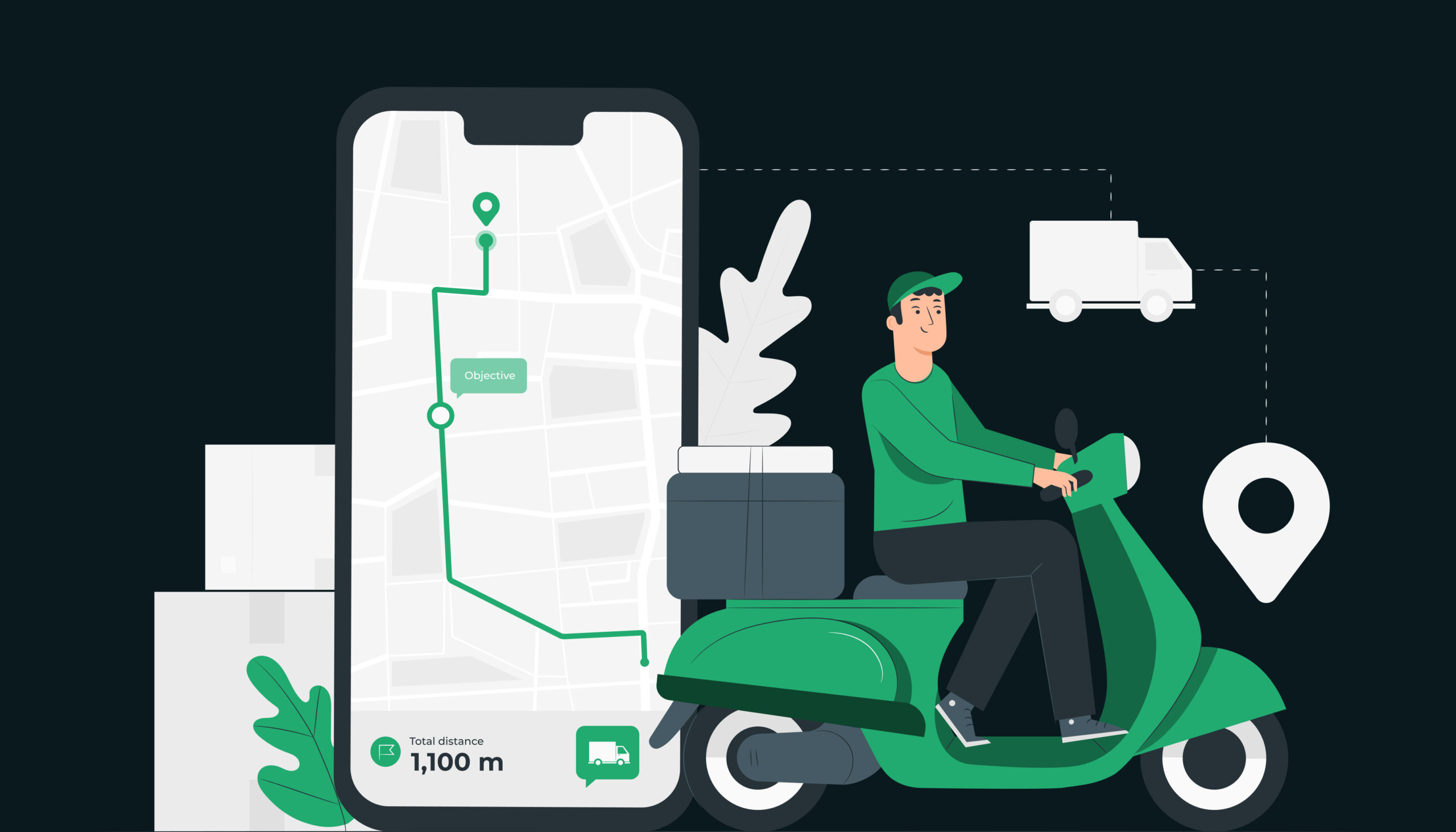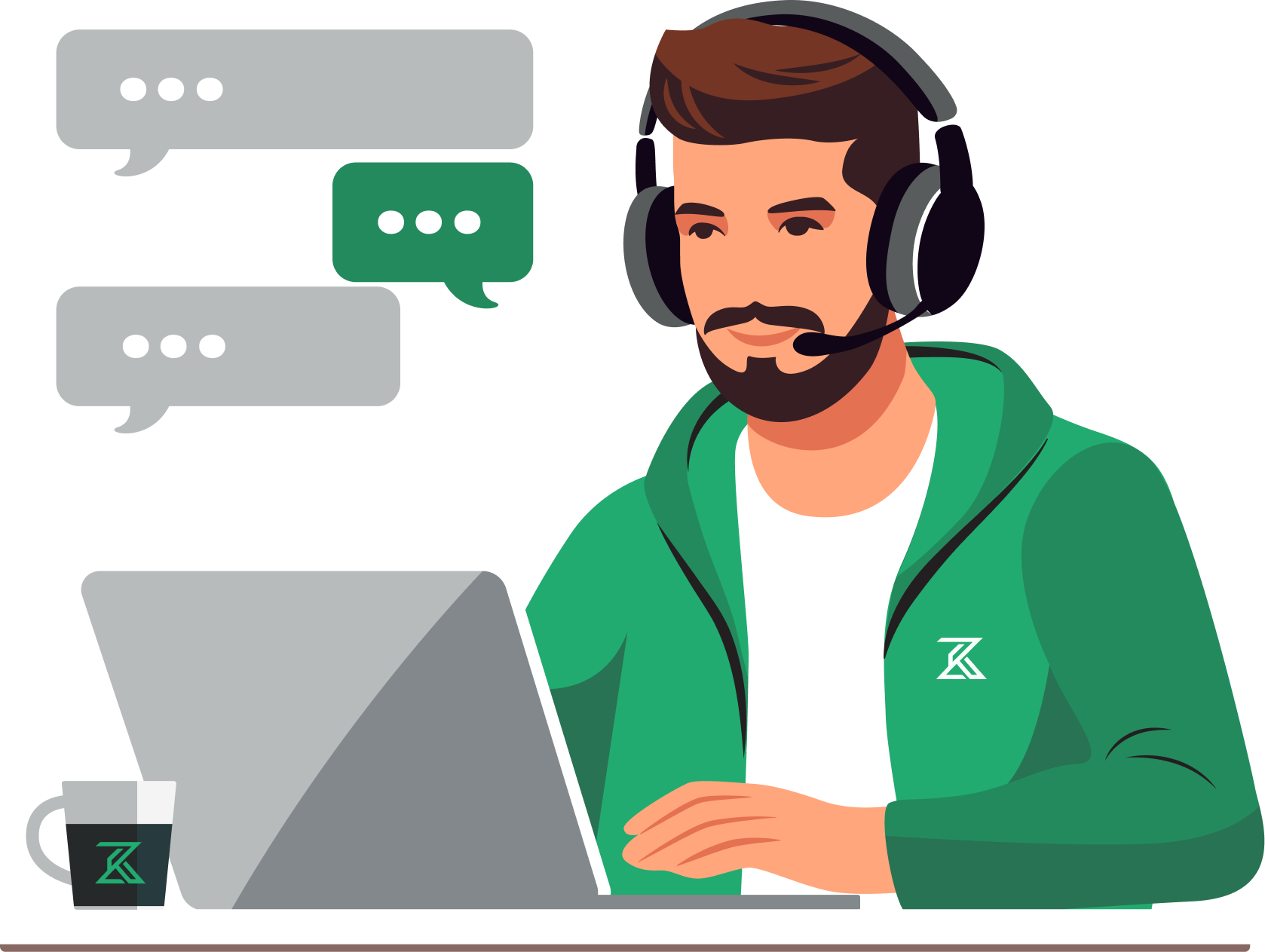A home delivery service provided by a food delivery app is one in which a store, restaurant, or third-party app sends food to customers when they need it. Nowadays, most offers are made through a phone, mobile app, or website.
Delivery includes prepared meals and grocery items from supermarkets. Wholesale and catering are two additional options for food delivery.
Notifications via Push:
Because most people prefer to order food online these days, having multiple food delivery apps on your smartphone is not uncommon. Sending push notifications is the best way to increase visibility and stay ahead of your competitors. It assists businesses in staying in touch with their customers. These messages aid in the transmission of various types of information, such as discounts, offers, location-based order dropped messages, and so on.
Another thing to keep in mind with your on-demand food ordering app is that your notifications must provide value to the users rather than simply being a commercial message. Attempt to manage push notifications in such a way that they significantly help your business app grow. Inform your potential customers on a regular basis about discounts, special offers, and loyalty programs. This allows you to quickly capture and engage customers’ attention.
Discount/Rewards Programs, Cashback Programs, and Loyalty Programs:
Discounts and special offers are the most effective ways to attract new customers to your food delivery app. It would be best if you offered great deals on a regular basis to entice customers. According to reports, approximately 40% of users use a food ordering app to look for discounts and cashback, while the remaining 25% use these apps to earn loyalty points.
It is more important to attract potential customers than it is to create brand awareness. That is why large corporations prioritize loyalty points. Starbucks, for example, increased its sales by 80% after introducing loyalty programs.
GPS Tracking in Real Time:
Real-time GPS tracking is an important feature of food delivery apps that allows customers to track the location of their food in real time. The goal of GPS is to provide two-way tracking as well as functionality. It aids in determining the user’s location in order to deliver the food. Once the area has been confirmed, users can easily track the delivery personnel’s progress and movement.
To provide the best experience to customers, the leading food delivery apps use real-time GPS tracking. Google Maps, MapKit, and Waze’s Navigation are three excellent APIs for this feature. Uber, for example, uses Google Maps across all of its platforms.
Simple Payment Options:
Payment alternatives that are simple From the standpoint of a business owner, payments play an important part in every firm. Despite the fact that it is the final stage in the order placement process, clients leave the order if they encounter any minor/major problems. Some people never try again. To make the payment process as efficient and simple as possible, a client must have all payment choices available on the on-demand food delivery app.
You can use any payment gateway or mobile wallet software service available on the market, including Google Pay, PayPal, Amazon Pay, iOS Wallet, Stripe, Credit/Debit Card, Online Banking, and Cash On Delivery (COD) options. You may also provide promo or coupon code usage from the same page.
Integration of social media:
social media integration There is no doubt that social media has made significant contributions to online marketing in recent years. It is one of those unpretentious points of view that helps customers make better selections. Customers may quickly share images or videos of their favorite meals with friends and family thanks to social media integration. It will also increase the visibility of your online food ordering app on social media, making it easier to draw clients on a regular basis.
Customers may make the best use of social media. Businesses may integrate social media with loyalty/discount programs to encourage existing customers to refer new customers and earn points and prizes. It attracts new consumers while converting one-time clients into repeat customers.
Ratings and Reviews:
Every firm worries about its clients since they are the ones who eventually buy items or services. As a result, it’s critical to understand if on-demand software satisfies their requirements or not. Every online meal delivery app should have a review and rating system. It would allow your clients to rank and review various eateries using the app’s listed dishes.
Reviews and ratings are a tried-and-true method for businesses to see how customers react to their applications. If your app has a good rating, chances are that many users will opt to visit it. As a result, incorporating a feedback portal would enable your company to gain rapid and quick insights into what changes should be made.
Order placement and collection:
Order, scheduling, and pickup A person is at work when their wife calls and says she wants Chinese for supper. Because all of the restaurants are full, eating out is not an option. So they open a meal ordering app and browse the menu for Chinese cuisine. They order Kung Pao Chicken, Mongolian Beef, and Hunan Shrimp after browsing and calling the wife.
Everything is in order, but they don’t want to order it right now since it will be cold. What should I do now?
In such cases, the order scheduling and pickup option come in handy. They may use it to book the order at their leisure and pick it up on their way home from work.
the order at their leisure and pick it up on their way home from work.
QR Codes:
QR codes might be a useful addition to online food-ordering apps. Customers may do a variety of things with them, including rapidly scanning the menu to order their favorite food and smoothly completing payments. These QR codes may also be used to share their referral code with friends or on social media.
Grubhub, a popular food ordering and delivery service, employs QR codes to allow consumers to rapidly pay for their meals.
The Bottom Line:
If you’re a restaurant owner looking to increase sales, client loyalty, and retention, or an entrepreneur looking to invest in your next major online food ordering service project, the elements listed above are essential in your app to improve the user experience.
Approach Zenkoders to develop a Food Delivery App to assure the success of your culinary app concept, as we have over 04 years of development expertise and an expert in-house team of professional mobile app developers.


